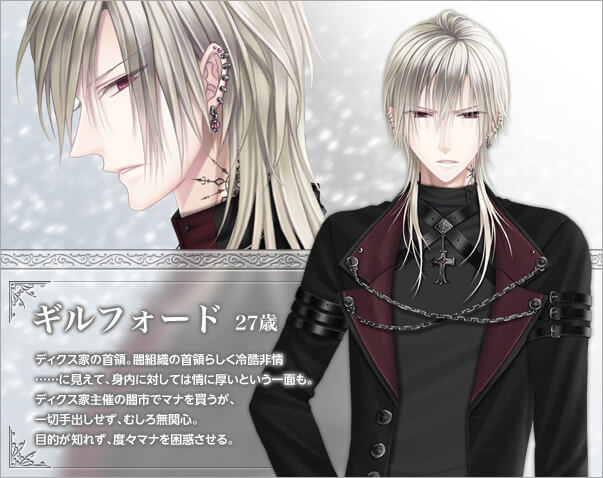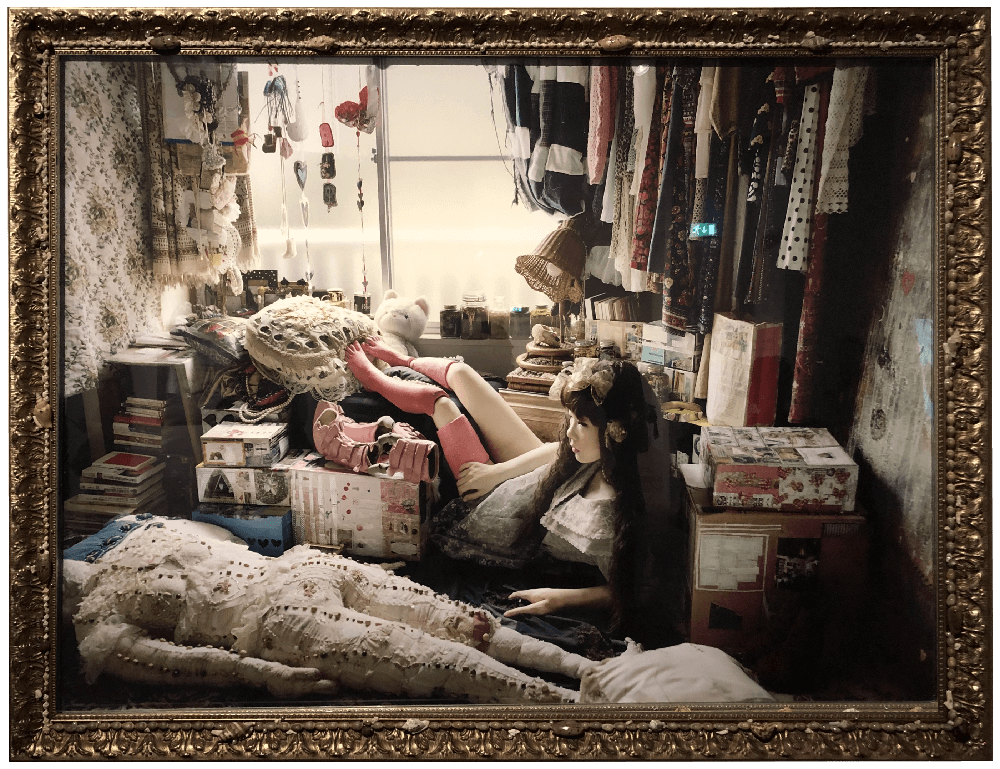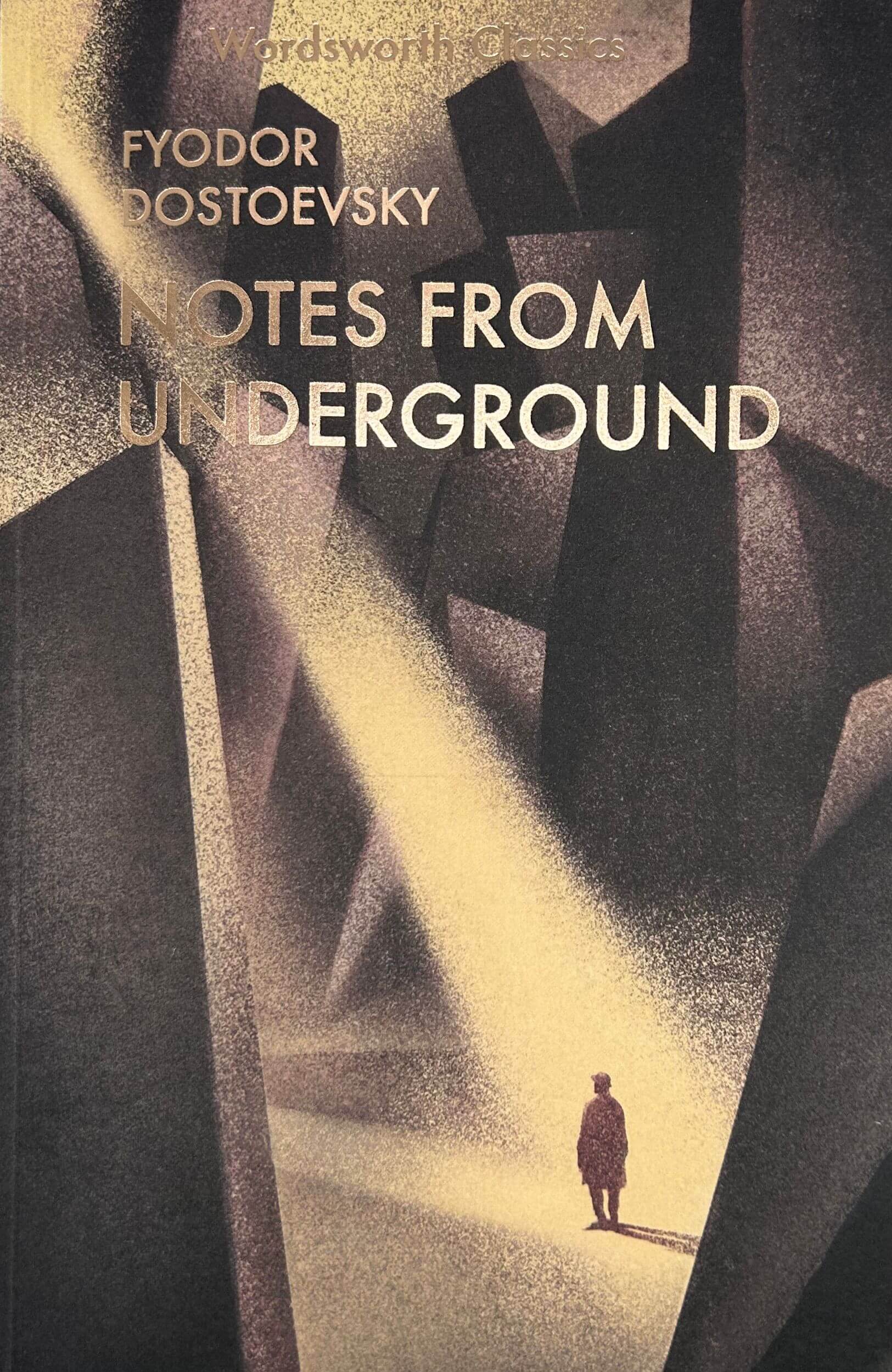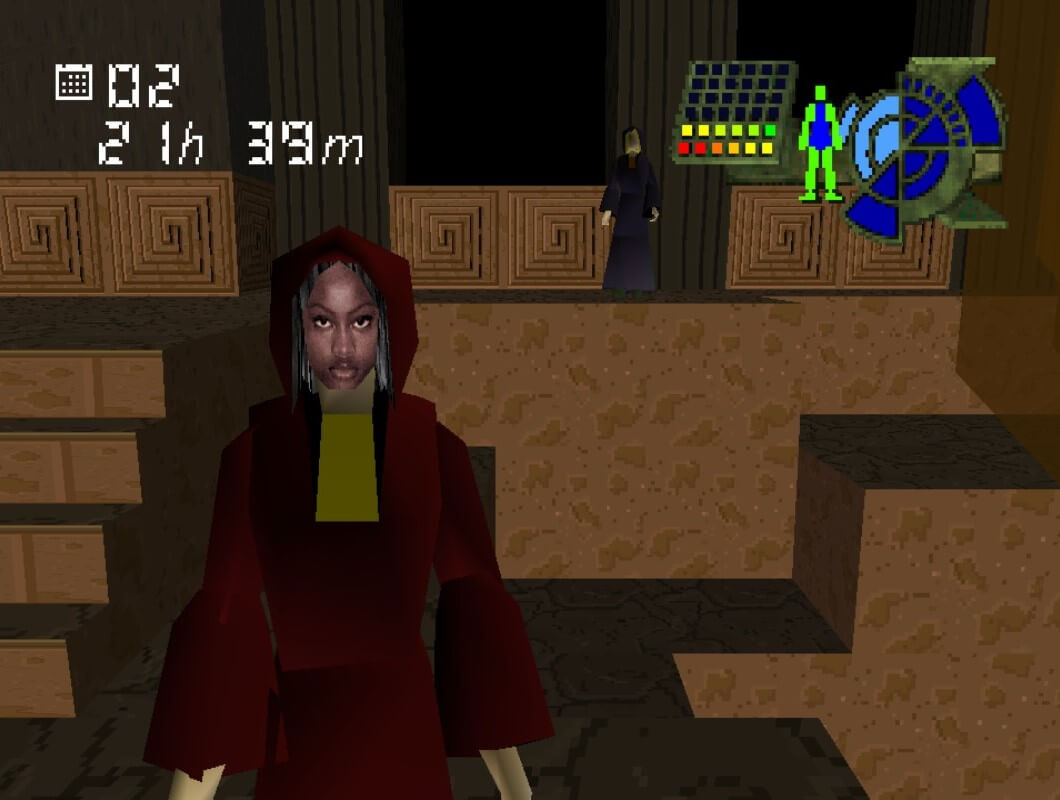 [Review] The Forgotten City
[Review] The Forgotten City
"Thus, the player’s presence in The Forgotten City’s world renders it meaningless."
Keep reading →


@underreallife / x  underreallife@gmail.com
underreallife@gmail.com
Welcome to UNDER REAL LIFE. Here's where you come to get to know me and my work better.
 For context, I've been writing about videogames
on the internet since I was around 16, inconsistently and unprofessionally, yet always with a healthy
level of edge. I'm older now, but some things never change.
For context, I've been writing about videogames
on the internet since I was around 16, inconsistently and unprofessionally, yet always with a healthy
level of edge. I'm older now, but some things never change.

IRL, I‘m just your garden-variety university student and a notoriously chill guy. I love learning and art above most things, always have. You could say this diverse array of interests has influenced my approach to videogame criticism: while many believe videogames to be some sort of Gesamtkunstwerk, I think compared to other art forms, they aren’t any more or any less special. That might sound harsh, but nothing is harsher than the aesthetic demotion videogames suffer under the exceptionalist perspective.
Other than that, I'm passionate about… way too many things. In no particular order, here are a few: learning Japanese (a long-term project I’m very consistent about), subcultural fashion (especially J-fashion subcultures), literary criticism (a significant amount of the most obstinate videogame discourse topics precede Tennis for Two, believe it or not), web aesthetics (I have this pretty big book that barely fits in my bookshelf called The Art Happens Here: Net Art Anthology), and weird, obscure, avant-garde videogames (last time I checked, they called them “altgames”—at any rate, not to be confused with "indies"). Nice to meet you!







Now, for those who are new and don't know what to expect from my writing, I thought it would be a good idea to write down a list of videogame crit opinions to get us on the same page about my beliefs. I don't have all the answers, so I'm more than happy to have productive discussions about them. I will add more as I remember/come up with them.
November 9th, 2024. I'm not dead, just reading. University keeps me busy as usual, but I want to write something soon.
Social media usage doesn't come naturally to me these days. I've seen too many people I respect tacitly subscribe to a posting style guide that repels me; it's hard to relate to the sensibilities of the average Twitter poster. Hopefully, it will be at least somewhat different on Bluesky, so you guys need to follow me over there and be cool.


Literally me




Oresama's Miyavi has influenced my style like nothing else.



"but, for me, this underlined the point that these games perhaps weren't, in a sense, actually about what they were about. they were containers signifying the capability of larger meaning that could theoretically exist. they were meaning machines capable of eliciting empathy (a rhetoric that got even more intense later on in the 2010's around VR), but exactly how that empathy manifested itself was a placeholder. if games were to have a greater purpose in society, they simply must be able to do this. that capability of evoking empathy and containing larger meaning mattered far more than what specifically was being expressed."
— Liz Ryerson, The Californian Ideology

Hardest fit pic ever taken. To the right, a bloodied man curling into the fetal position in an abandoned warehouse; to the left, a corpse's feet peeking from behind the gothest man on this side of the Gorkhon. If you pay close attention, you can see the photographer (me) brandishing a knife at him. Dangerous, stoic, mysterious—one can only aspire to this level of coolness.






Isn't this knit just beautiful?


So here's how they do it: picture a cast of beautifully drawn anime guys who have the most fire fits you can imagine. I'm really into fashion so I see them and go, "Man, I need to play this game!" That's how I end up playing an otome game, and that otome game turns out to contain some of the worst writing I've ever read. That's how they get me, every single time. And I like otoges as a concept (and in a few select cases, in practice, too), but the amount of terrible writing I've forced myself to endure for the sake of engaging with the genre is frankly unreasonable.

"子供の足の私 / I have child's feet" by Mari Katayama.
A remix of two pictures (one of a different frame, the other of the picture) I took at the Tate Modern back in May. Lovely display.






Casually met a cult leader in Germs: Nerawareta Machi. She seems to be cool with me for now. I'll keep you guys posted.

 [Review] The Forgotten City
[Review] The Forgotten City"Thus, the player’s presence in The Forgotten City’s world renders it meaningless."
Keep reading →

"This avatar, a pure extension of the player, embodies a cult leader to a degree few others I know have reached (the irony of this happening in a narrative that calls into question that exact dynamic wasn’t lost on me). Whether a cause is just or not depends on the side the avatar defends. I mean, even the Black Eagles route, regarded as the most immoral of the three in general, makes a laughable attempt to antagonize the other side beyond the original frame of moral ambiguity. You always made the right choice, did the right thing. Any student you want on your side wants to be on your side. They aren’t loyal to anything, and you’ll find them expressing polar opposite opinions on different routes. They’re sunflowers to the sun."
Keep reading →

For a couple of years now, there’s been a lot of talk about a so-called Indiepocalypse. Developers and players alike worry that the exorbitant amount of videogames that are released on Steam every day are saturating the market, making it harder for indies to get their rightful spotlight. And I get it, to some extent. Indie Game: The Movie sold us a fantasy that’s out of reach for most, and that realization is just now dawning on those developers who were inspired by it. I’m empathetic to these folks, but my empathy has a limit. You can find it right at the scapegoat some of them found for this structural problem: bad games.
Keep reading →

"A lot of these videogames are so insecure about their alleged lack of gameplay that they introduce small doses of interactivity here and there. Sometimes in the shape of quick-time events, other times in the shape of sterile puzzles. Life is Strange 2 has both. I remember the first one appearing when you try to convince Daniel to come with you. You have to win this microgame multiple times for him to do so as if you “kept trying no matter what”. And look, that’s the problem with this videogame imposter syndrome: it always leads to puerile ludic metaphors."
Keep reading →

"In this videogame, you don’t use social media as we know it, but the philosophy behind it—hyper-vigilance, centralization, inescapable corporate ownership and control of user-generated content—is the basis of this world. Hypnospace might look like the past, but it speaks like the present."
Keep reading →

"Polly Pocket has always been about evoking a dimensionality other dollhouses couldn’t have. They were the size and form of a makeup kit, and when you opened them, one half would be perpendicular to the other, thus conveying horizontality and verticality simultaneously."
Keep reading →

"As advocacy journalism turned into fiction, it lacks earnest execution, while as a personal/universal narrative, it lacks a heart. Bury Me, My Love isn’t exploitative, but is for sure a palatable gamification of a conflict that doesn’t want to confront me."
Keep reading →
